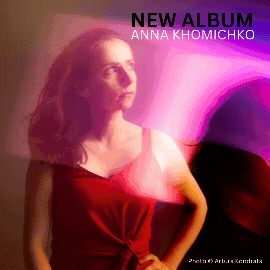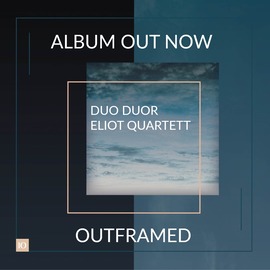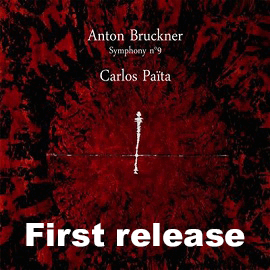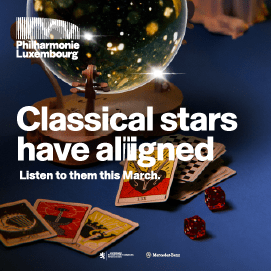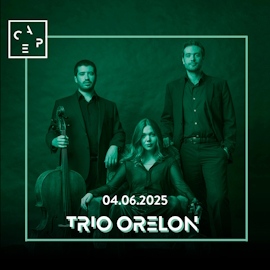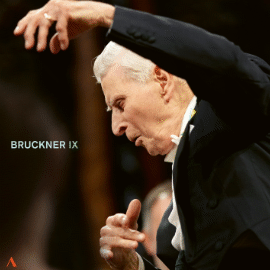Die Aufnahme von Bela Bartoks Konzertsuite aus dem Ballett ‘Der wunderbare Mandarin’ entstand 1992 und ist weniger überzeugend als Gielens Aufnahme mit dem SWR-Orchester aus dem Jahre 2007. Das liegt vor allem an der Aufnahme, die etwas hallig ist, ohne die fein konturierte Präzision der SWR-Mitschnitts.
Gielen unterstreicht die Modernität und Aggressivität dieser expressionistischen Musik, ohne sie allzu sehr zu schärfen; er betont die Farbenspiele und dirigiert spannungs- wie auch stimmungsvoll. Er wird der Handlung durch klug herausgearbeitete Stimmungsunterschiede gerecht.
Bartoks 2. Violinkonzert ist in der Hinsicht speziell, als es darin über weite Strecken keinen richtigen Dialog zwischen Solist und Orchester gibt, sondern der Geiger seine ganz eigenen Diskurse in einem orchestralen Ambiente ausführt, das dennoch unentbehrlich ist. Dieser Eindruck wird durch die Tontechnik verstärkt, die den Geiger deutlich vor dem Orchester platziert.
Gegenüber anderen Interpretationen (vor allem Boulez und Shaham) bleibt diese hier zurück und erreicht nicht einmal annähernd die zwingende Musikalität der Shaham-Boulez-Produktion.
The recording of Bela Bartok’s Concert Suite from the ballet The Miraculous Mandarin was made in 1992 and is less convincing than Gielen’s 2007 recording with the SWR Orchestra. This is mainly due to the somewhat reverberant recording, which lacks the finely contoured precision of the SWR recording.
Gielen underscores the modernity and aggressiveness of this expressionistic music without oversharpening it; he emphasizes the play of colors and conducts in a way that is both exciting and atmospheric. He does justice to the action by deftly working out the differences in mood.
Bartok’s Second Violin Concerto is special in that for long stretches there is no real dialogue between soloist and orchestra, but rather the violinist delivers his very own discourse in an orchestral ambience that is nonetheless indispensable. This impression is reinforced by the sound engineering, which places the violinist clearly in front of the orchestra.
Compared to other interpretations (especially Boulez and Shaham), this one falls short and does not even come close to the compelling musicality of the Shaham-Boulez production.




